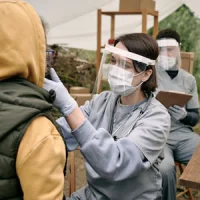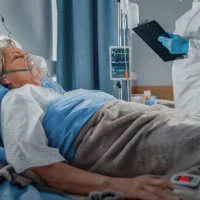Time has always been considered an essential determinant of outcome in the early care of trauma patients, and the concept of trauma as a time-sensitive condition has been part of education and policy for decades. However, data on system performance from physician-staffed EMS are far less abundant than data from EMS systems. Physician-staffed EMS is believed to add complexity by performing more interventions that could potentially result in longer total prehospital time. Proponents of the physician-led critical care team advocate a more tailored provision of advanced prehospital critical care.
A new study explores the association between total prehospital time and in-hospital mortality in prehospital, physician-staffed trauma systems in France. The hypothesis is that total prehospital time is associated with increased mortality.
The study duration was from January 2009 to December 2016, and data were derived from two regional trauma registries in France, one urban and one rural. Both registries had a physician-staffed emergency medical service.
The study included 10,216 consecutive adult trauma patients admitted to either of the two regional trauma referral centres. 66.5% of the patients had at least one body region with an Abbreviated Injury Scale score of 3 or more. 12.4% of patients presented in shock, and 26.9% with severe head injury (Abbreviated Injury Scale score 3 points).
The primary outcome of the study was all-cause in-hospital mortality. The primary exposure variable was total prehospital time, defined as the time from the arrival of the physician-led prehospital care team on the scene to the arrival at the hospital.
Findings of the study show that increasing prehospital times (in 30-minute categories) were associated with an increase in the risk of in-hospital death. The odds of death increased by 9% for each 10-minute increase in prehospital time.
Overall, the results show that longer total prehospital time is independently associated with increasing all-cause in-hospital mortality in a physician-staffed trauma system.
These findings suggest that prehospital time management should be an important objective and highlight the need for streamlining prehospital trauma care and more clearly define the optimal intervention-to-time ratio.
Source: JAMA
Image Credit: iStock
References:
Gauss T, Ageron F, Devaud M et al. (2019) Association of Prehospital Time to In-Hospital Trauma Mortality in a Physician-Staffed Emergency Medicine System. JAMA Surg. 154(12):1117–1124.
Latest Articles
trauma, in-hospital mortality, prehospital time
Prehospital Time and In-Hospital Trauma Mortality










